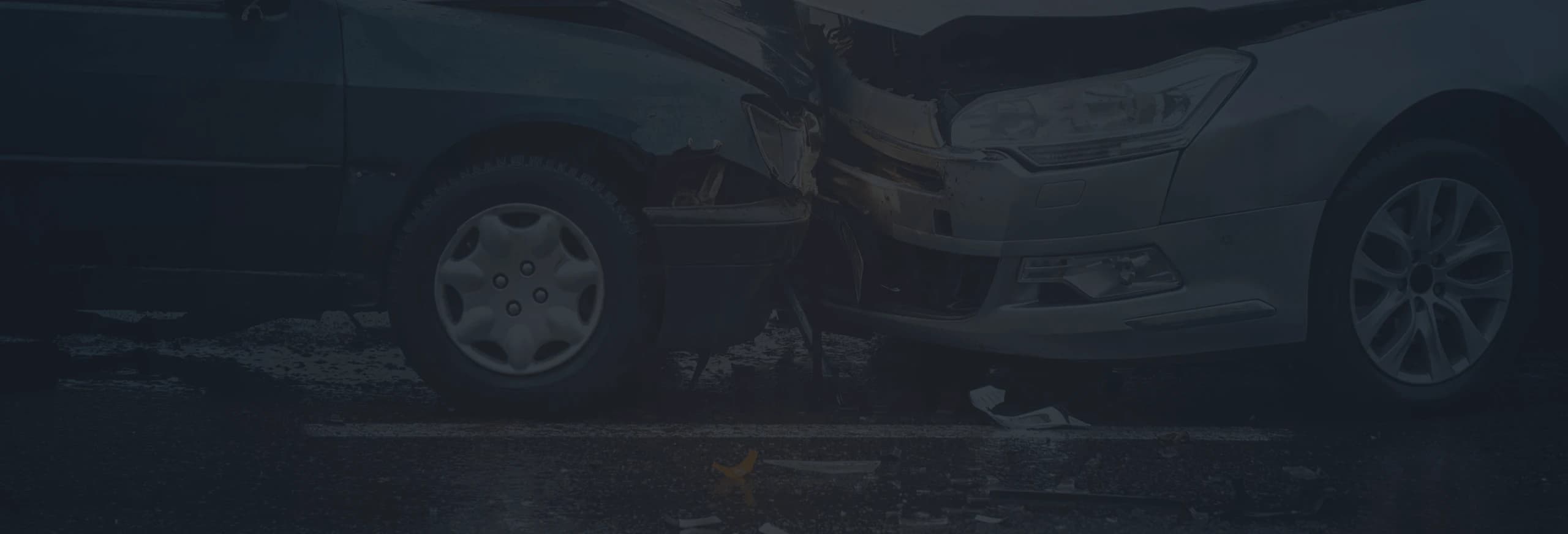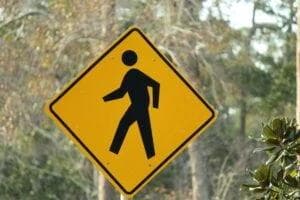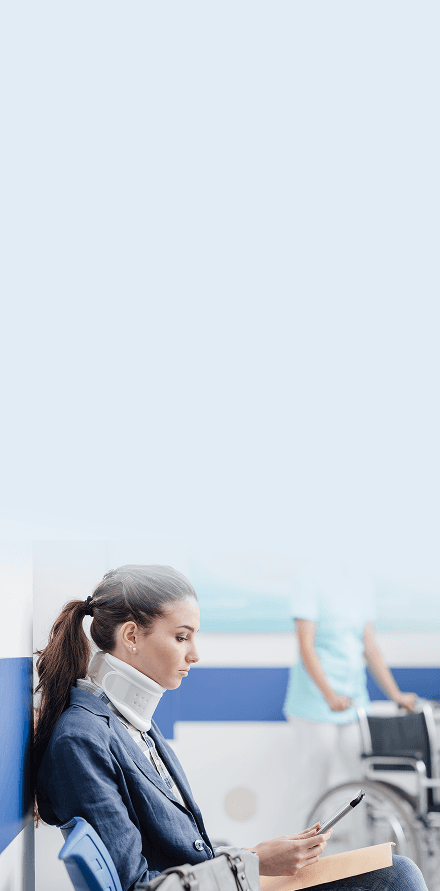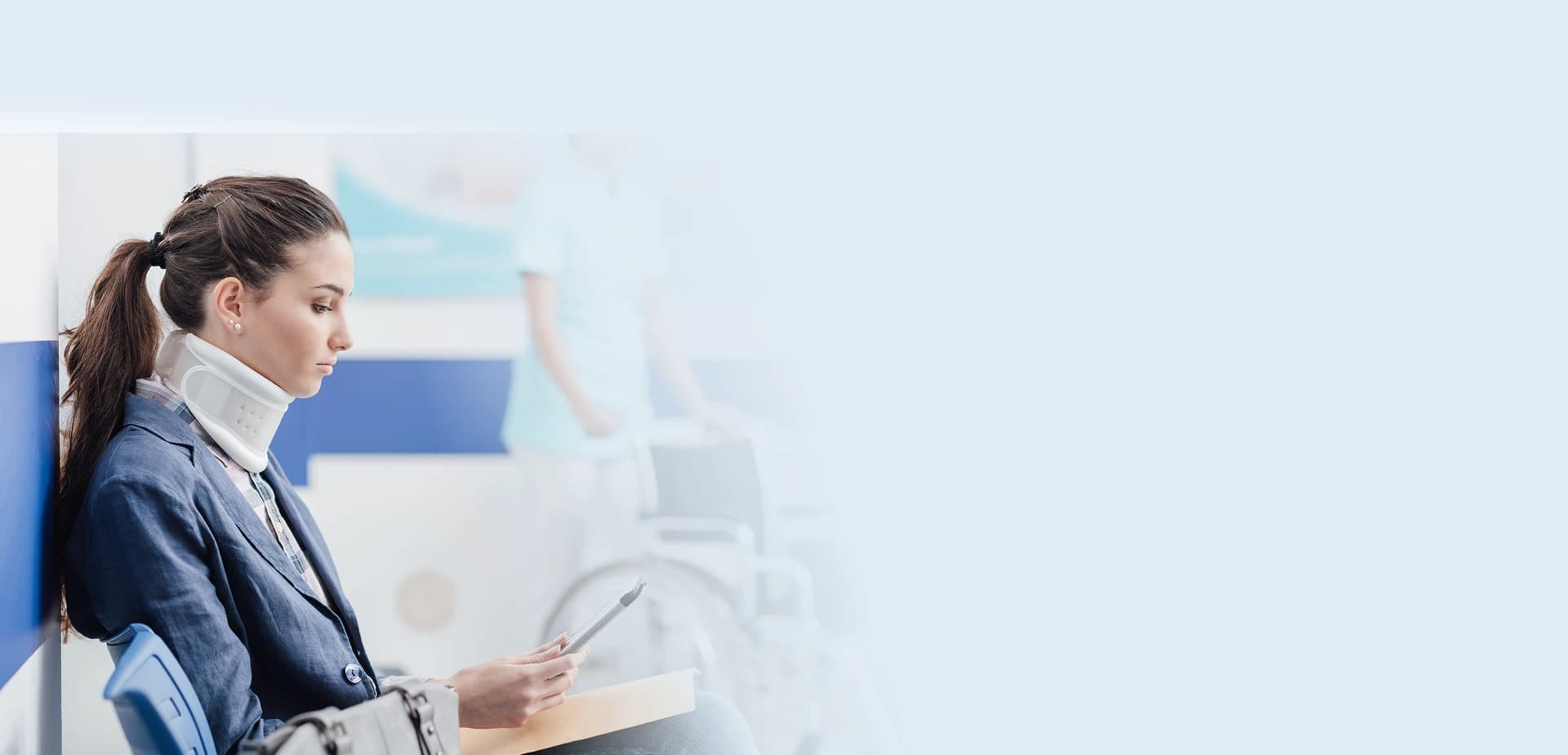
Pedestrian Accident Lawyer in Tucson

A stroll to a Sonoran-hot-dog stand or an evening jog around Reid Park should end with fresh air and a clear mind, not a hospital wristband. Yet Tucson ranks high for serious pedestrian crashes. ADOT’s 2023 Crash Facts show Pima County logged 242 walker collisions—45 were fatal, and nearly 200 caused injuries. Nationally, the NHTSA reports 7,314 pedestrians killed and more than 68,000 hurt in a single year. When a driver’s split-second lapse puts you among those numbers, a knowledgeable pedestrian accident lawyer can turn chaos into a clear path toward recovery.
Why Tucson Pedestrians Face Heightened Risk
Wide arterials like Grant, Broadway, and Oracle encourage speeds that leave little margin for mistake. Many stretches lack median refuges, forcing walkers to cross multiple lanes in one light cycle. After dark, monsoon dust and glare from oncoming headlights cut visibility just as restaurant crowds spill onto sidewalks. Add winter visitors unfamiliar with local traffic patterns, and the odds of a “I never saw them” crash grow.
Local road-safety plans aim to help, but the CDC still ranks pedestrian trauma among the nation’s fastest-rising traffic injuries, with more than 140,000 emergency-department visits in 2022. Experienced legal guidance helps victims highlight these systemic hazards when insurers try to shift blame.
For a free legal consultation with a Personal Injury lawyer serving Tucson, call (844) 343-9609
Common Causes of Pedestrian Collisions
- Left-turn conflicts: Drivers focus on oncoming cars and forget to scan crosswalks.
- Distracted driving: A glance at a navigation map hides a walker behind an A-pillar.
- Speeding on arterials: Ten extra miles per hour doubles fatal-injury risk if impact occurs.
- Unmarked mid-block crossings: Neighborhood shortcuts lack lighting and signage, yet remain legal if no nearby intersection exists.
Each scenario demands specific evidence—signal-phase data, cell-phone records, or roadway-design blueprints—that a lawyer collects before memories fade and city servers overwrite footage.
Tucson Pedestrian Accident Lawyer Near Me (844) 343-9609
Immediate Fallout—and Hidden Costs
First come ambulance fees and imaging scans. Weeks later, physical-therapy copays, ride-share receipts, and part-time wages lost to limited mobility arrive. A fractured tibia might heal, yet lingering gait changes can inflame hip joints year after year. Concussion headaches sabotage study sessions at Pima Community College. A fair claim looks beyond today’s cast to tomorrow’s lifestyle:
- Future medical care: orthopedic hardware removal, scar-revision surgery, or chronic-pain management.
- Vocational impact: retraining costs if prolonged standing or heavy lifting is no longer possible.
- Mental-health support: counseling for anxiety at intersections or PTSD flashbacks.
- Home adjustments: ramp installation, shower grab bars, or voice-activated lighting if mobility stays limited.
Documenting these layers early stops adjusters from labeling a complex recovery “just a sprain.”
Click to contact our personal injury lawyers today
How a Tucson Pedestrian-Injury Attorney Strengthens Your Claim
Rapid Evidence Preservation
Letters to ADOT, business owners, and rideshare fleets freeze traffic-camera clips and dash-cam files that often overwrite within days.
Accident Reconstruction
Engineers map skid marks, vehicle damage, and shoe scuffs to prove impact speed and lane position—crucial when drivers insist they were under the limit.
Medical Timeline Building
Board-certified specialists link each symptom—vertigo, knee instability, sleep disruption—to the exact moment bumper met shin, closing the door on “pre-existing condition” arguments.
Insurance Layer Identification
Beyond the driver’s policy, a city contractor’s truck, a rideshare giant, or your own uninsured-motorist coverage may share liability. Stacking these sources maximizes available recovery.
Complete a Free Case Evaluation form now
Steps You Can Take Right Away
- Seek comprehensive medical care even if pain seems light; adrenaline hides microfractures and internal bleeding.
- Report the crash to Tucson Police and obtain the incident number; hit-and-run status sometimes changes when witnesses step forward.
- Photograph everything: torn clothing, crosswalk signal, tire marks, and debris field.
- Track daily setbacks—missed classes, canceled gigs, sleep loss—using a simple journal app.
- Limit insurer conversations until legal counsel reviews the full case file.
Quick, organized action preserves truths that can fade under the strain of rehab appointments and insurance forms.
External Resources for Safety and Recovery
- Arizona Department of Transportation – Crash Facts: annual data on pedestrian injuries statewide.
- National Highway Traffic Safety Administration – Pedestrian Safety: national injury trends and prevention tips.
- Centers for Disease Control and Prevention – Pedestrian Injury Data: health statistics and cost research.
Reviewing these sites helps you understand broader safety efforts and supports conversations with healthcare providers about long-term monitoring.
Frequently Asked Questions
Do nighttime crashes reduce my chance of recovery?
No. Arizona drivers must use due care regardless of lighting. Reflective gear helps, but failure to wear it does not erase driver responsibility; it may adjust compensation percentages, which your attorney negotiates.
What if I stepped outside the crosswalk lines?
Crosswalk boundaries in Arizona extend across the roadway at intersections, marked or not. Even mid-block, comparative-fault rules allow recovery when a driver’s speed, distraction, or impairment contributed significantly.
How long do I have to file a lawsuit?
Most pedestrian-injury claims carry a two-year limit, but notice against government entities (for example, city bus operators) may be due in 180 days. Early legal review keeps every timer in check.
Medical bills and traffic-camera downloads shouldn’t dominate your focus while fractures knit and bruises fade. A conversation with a Tucson pedestrian accident lawyer can protect evidence, coordinate medical projections, and secure resources that let you concentrate on healing and stepping back into the desert sunshine with confidence.
For a free consultation, call (844) 343-9609
Get an agent on the line in seconds
Responsive
Legal Assistance
Our personal injury attorneys advocate for the funds necessary to cover bills, secure medical treatment, recoup lost wages, and provide compensation for your pain and suffering.
Are you facing unfair treatment from the insurance company?
Do you know the value of your case?
Is the insurance company asserting that the accident is your responsibility?

We'll get back to you ASAP.
Get Your Free Consultation
You Pay Nothing Unless We Recover Compensation For You
